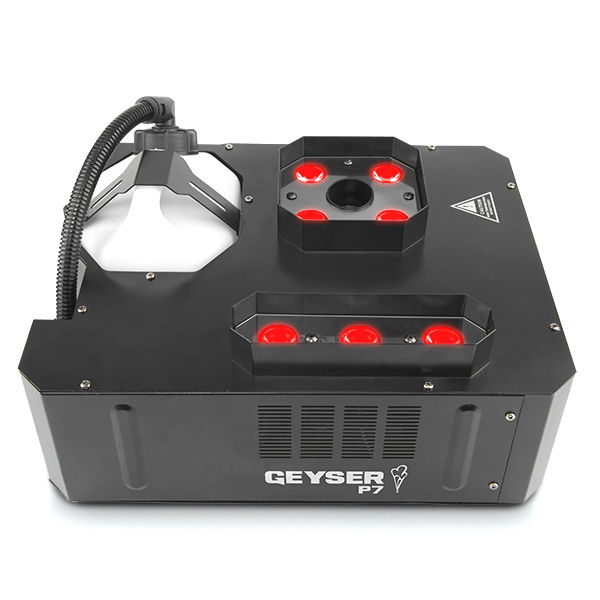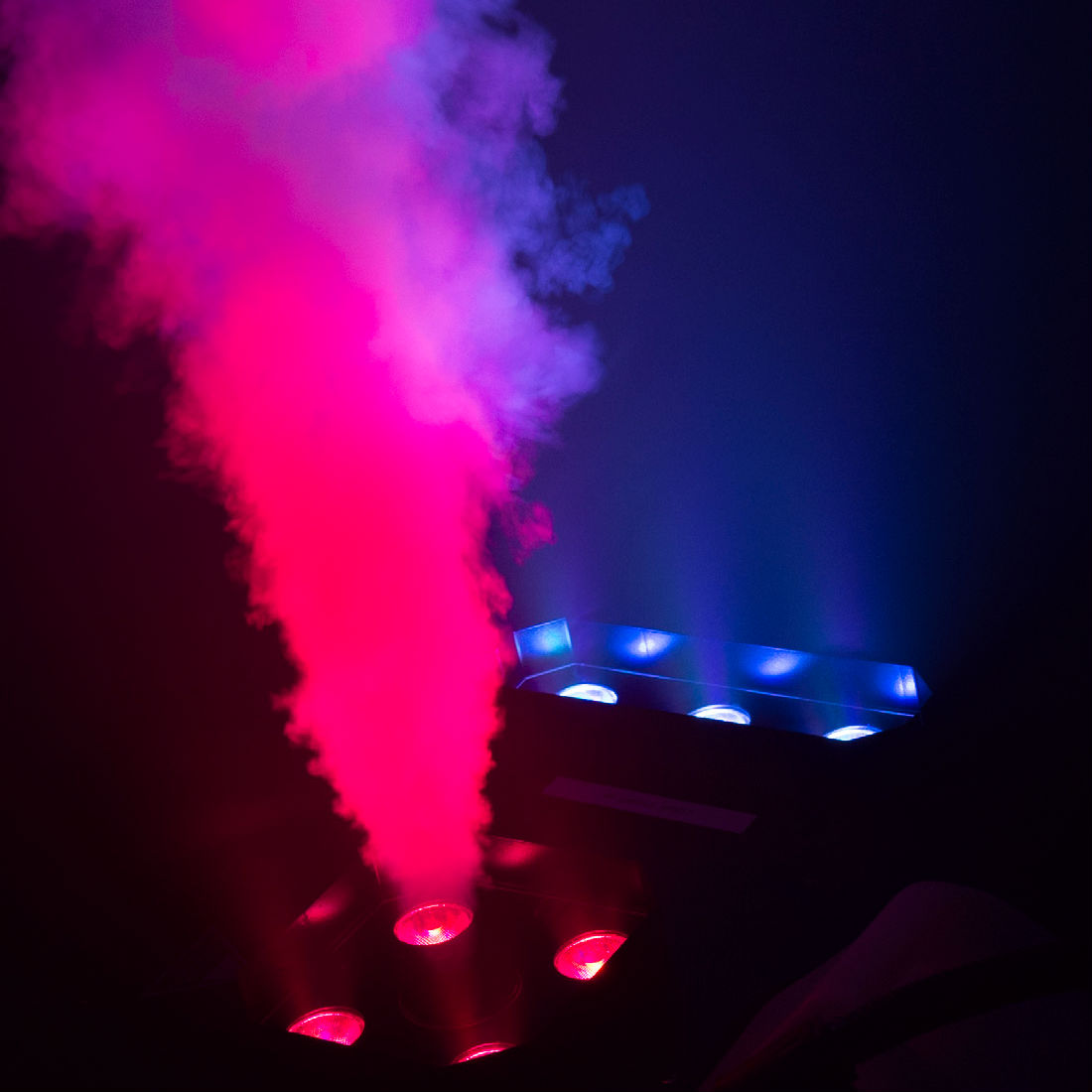Breakin' Away
Breakaways don't require a lot of expertise in use -- you hit something (or someone) with them and they break. However, there are a few things you should know before working with breakaway effects.
First, always buy more breakaway effects than you'll need for your performances. Remember that you're working with a product that is designed to break. I'd recommend having at least one, preferably two, spare effects on hand throughout the run of your show. Any "leftovers" can always be saved for future productions or given away at the cast party. Enterprising theatre companies could even sell raffle tickets on a chance to whack the director (or leading man, or whomever) over the head!
Speaking of whacking people over the head, let's talk a bit about safety. If you are planning to have somebody hit on the head with a breakaway bottle, please do not add any fluid to that bottle. It may seem like a good way to make the effect more realistic (after all, very few bars keep empty whiskey bottles on hand) but one of two Very Bad Things™ will happen
1) The bottom of the bottle will break as soon as the bottle is lifted, adding an unintentionally comic effect to your show.
2) The bottle will hold together long enough for the actor to be struck with it. At this point, your lightweight prop has had a pound or more of mass added to it and that can be hazardous. Ask yourself this, "Would I rather be hit with a sock, or a sock full of marbles?" 'Nuff said.
When working with breakaway window units, always make sure that the breakaway unit is installed in the same position every night. This really is only a concern if you are removing an entire, multi-pane window unit every night to re-install the breakaway glass. I've heard many stories of actors having to deal with a breakaway window that is suddenly not a breakaway. In one case, the actor realized that the window he was supposed to smash during a "break-in" scene had been installed upside-down, putting the breakaway glass in an unusable position. His solution? He reached around the set to undo the window latch, slid the window up and made his entrance to a round of applause from the audience.
You may want a breakaway to break into large, easily managed pieces. This may be because the area in which the breakage occurs is used again for another scene. Having bits of broken resin crunching underfoot is annoying and possibly dangerous. A good way to limit the amount of shattering is to apply a thin coat of Sculpt-or-Coat (a clear liquid modeling product from Sculptural Arts) or a clear polyurethane sealer to the prop. In effect, you are making "safety glass" which should hold together better. Please note that this is not a good idea for any props that will be broken on an actor.
Okay, you've pulled off your stunning breakaway effect! The barroom brawl was a huge success and now the audience has gone home. What to do with all this leftover "glass"? Sweep it up, now! If you take a moment to examine a shard of broken breakaway glass, you'll notice that it's still fairly hard, and may have pointy ends. Left on the floor, it can be a hazard to anyone walking through the area so get it cleaned up. If you're one of those people who just can't throw anything away, save the pieces in a wooden box; by the end of the show you'll have a good start on a crash box to use for sound effects in a future production.
*********************************************
Theatre Effects Customer Service Department
service@theatrefx.com
www.theatrefx.com
Theatre Effects, 1810 Airport Exchange Blvd. #400, Erlanger, KY 41018
Phone: 1-800-791-7646 or 513-772-7646 Fax: 513-772-3579









